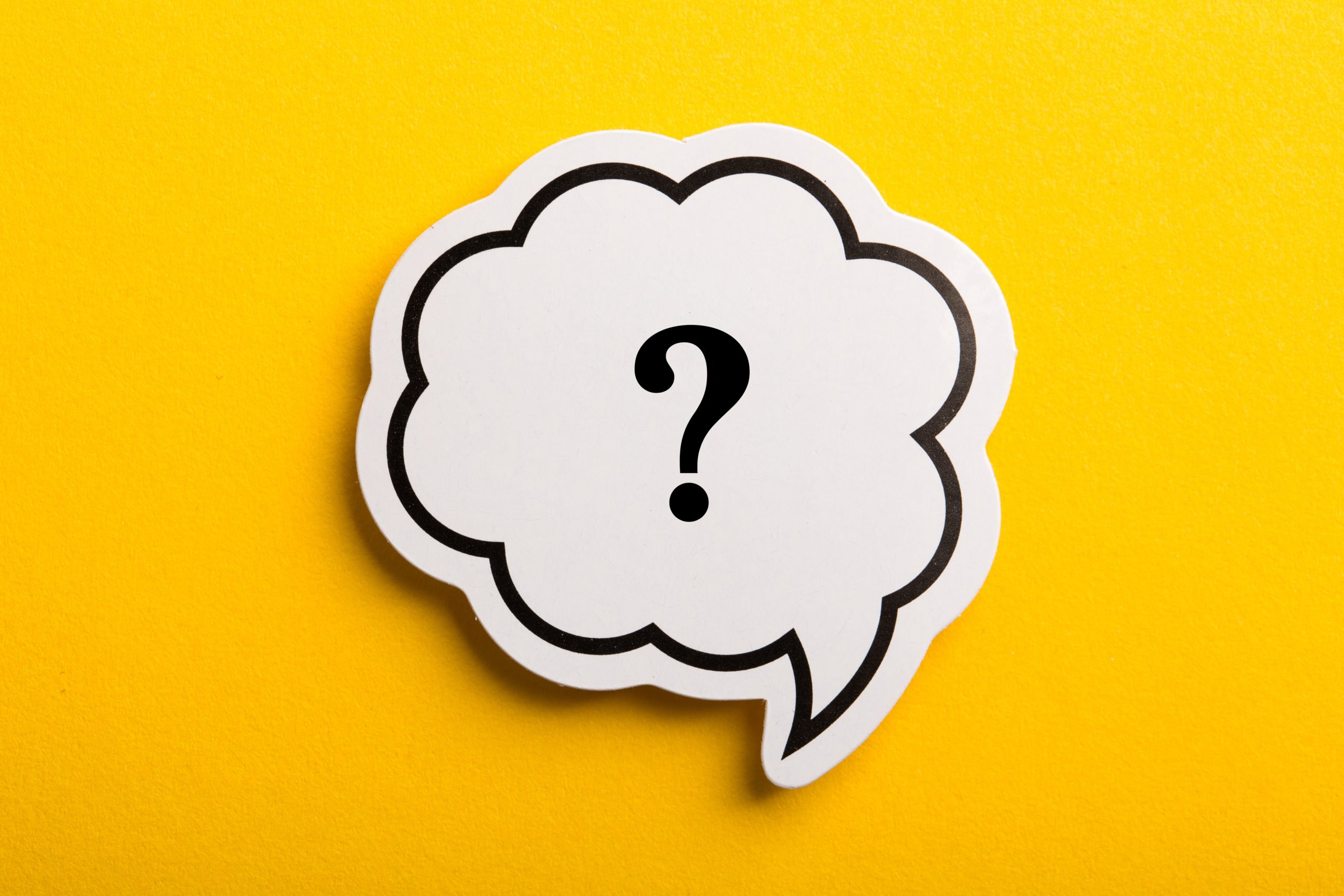Politicians and pundits often invoke mental illness as a cause for gun violence, particularly in the wake of mass shootings. The perception radiates outward to the media and the public. According to several polls over the past few years, roughly half the American public believes that mental health problems are chiefly to blame for shootings.
It’s true that severe mental illness does appear in some mass killers. But to pin the blame for violence on mental health problems is misguided. “There are a lot of news reports and public perception about gun violence that link it with mental health,” said Yu Lu, a postdoctoral research fellow in behavioral health and research at the University of Texas Medical Branch. “However, if you look at data, if you look at actual research, there’s minimal evidence supporting this claim.”
Lu is the lead author of a new study published by Preventive Medicine that examined the connection between mental health issues and firearm-related behaviors, namely gun access, gun ownership, gun carrying, and threatening someone with a gun. The results: Most mental health issues — including anxiety, stress, depression, PTSD, and borderline personality disorder — bore little association with gun violence. Aggressive firearm-related behavior, on the other hand, was strongly tied to access to guns. People with gun access were 18 times more likely to have threatened someone with a gun than those who didn’t have access to a firearm.
“Counter to public beliefs, the majority of mental health symptoms examined were not related to gun violence,” the researchers wrote. “Instead, access to firearms was the primary culprit.”
What makes the UMTB study unique is its use of longitudinal data, meaning it indicates the connections between variables over time. Lu and her co-researcher analyzed data from 663 young adults recruited from seven high schools in Southeast Texas who were then surveyed annually for eight years beginning in 2010. Previous studies have focused on individuals who’ve already committed violent crimes or only those with severe mental illness, which may make the data subject to selection bias. Earlier studies have also inconsistently defined mental illness, making it hard to compare findings.
On the whole, past research supports Lu’s findings. A database tabulating the characteristics of mass shooters showed that less than 15 percent of perpetrators were diagnosed as psychotic. Other research has suggested 23 percent of mass killers had mental illness. When examining violence more generally, the percentage is even lower: “The best available national data suggest that only 3 – 5 percent of violent acts are attributable to serious mental illness,” wrote psychiatrist Paul Appelbaum and sociologist Jeffrey Swanson in a 2010 paper, “and most of those acts do not involve guns.”
In actuality, individuals with mental illness are more likely to be victims of crime than perpetrators. One study of Chicago residents found that people with severe mental illness were 11 times more likely to be victimized by violent crime than members of the general population. Equating mental health struggles with violent behavior can increase stigma around an already vulnerable population, which may in turn make it harder for those struggling to reach out for help. A few years ago, The Trace cited a 2009 study of more than 34,000 participants in the National Epidemiologic Survey on Alcohol and Related Conditions, which found “that people with mental illnesses are more likely than the general population to have suffered physical or mental abuse, be unemployed, have a parent with an arrest record, or have drug or alcohol dependency. It is these factors, not mental illness itself, that are more likely to present in people who carry out violent gun crimes.”
While Lu’s research found a strong association between gun access and making threats with a firearm, it also flagged another risk factor: hostility. The study defines hostility as “a devaluation of the worth and motives of others…and a desire to inflict harm or see others harmed.” Hostility can signify mental illness, but may also just be a personality trait. To evaluate their hostility level, the researchers surveyed subjects on questions like, “In general, how often do you feel easily annoyed or irritated?” The study found that individuals with high levels of hostility were 3.5 times more likely to threaten someone with a gun than those without a hostile demeanor.
The findings are unsurprising. A few years ago, my colleague Alex Yablon wrote about the role of anger among mass shooters:
The roster of America’s most notorious mass shooters is populated by young, angry men who regularly displayed antisocial behavior before they carried out attacks. Isla Vista shooter Elliot Rodger, Charleston shooter Dylann Roof, and Virginia Tech shooter Seung-Hui Cho had all been previously identified, by a parent, roommate, or school administrator as a threat….understanding how rage can boil over into violence, and searching out ways to calm the anger and remove guns from people most likely to use them in acts of violence, should be a public policy imperative, researchers say.
Anger Is the Shared Fuel of Mass Shooters and Everyday Murderers. Here’s What Might Stop Both.
His point was summed up neatly by psychologist Laura Hayes in Slate: “Violent crimes are committed by violent people, those who do not have the skills to manage their anger….Violence is a product of compromised anger management skills.”
In addition to hostility, the UTMB study identifies gender as a factor, with men three times more likely to have threatened someone with a gun than women. Past research also highlights a history of alcohol abuse as a major predictor of gun crime.
Lu hopes her research inspires support of more resources that address hostility and anger and promote mindfulness. She also hopes the findings help dispel some of the stigma around mental illness. “There’s so much public perception that gun violence is caused by people who are mentally ill, who are dangerous and likely to do all those horrible things,” she said. This assumption, she says, does not reflect reality.

